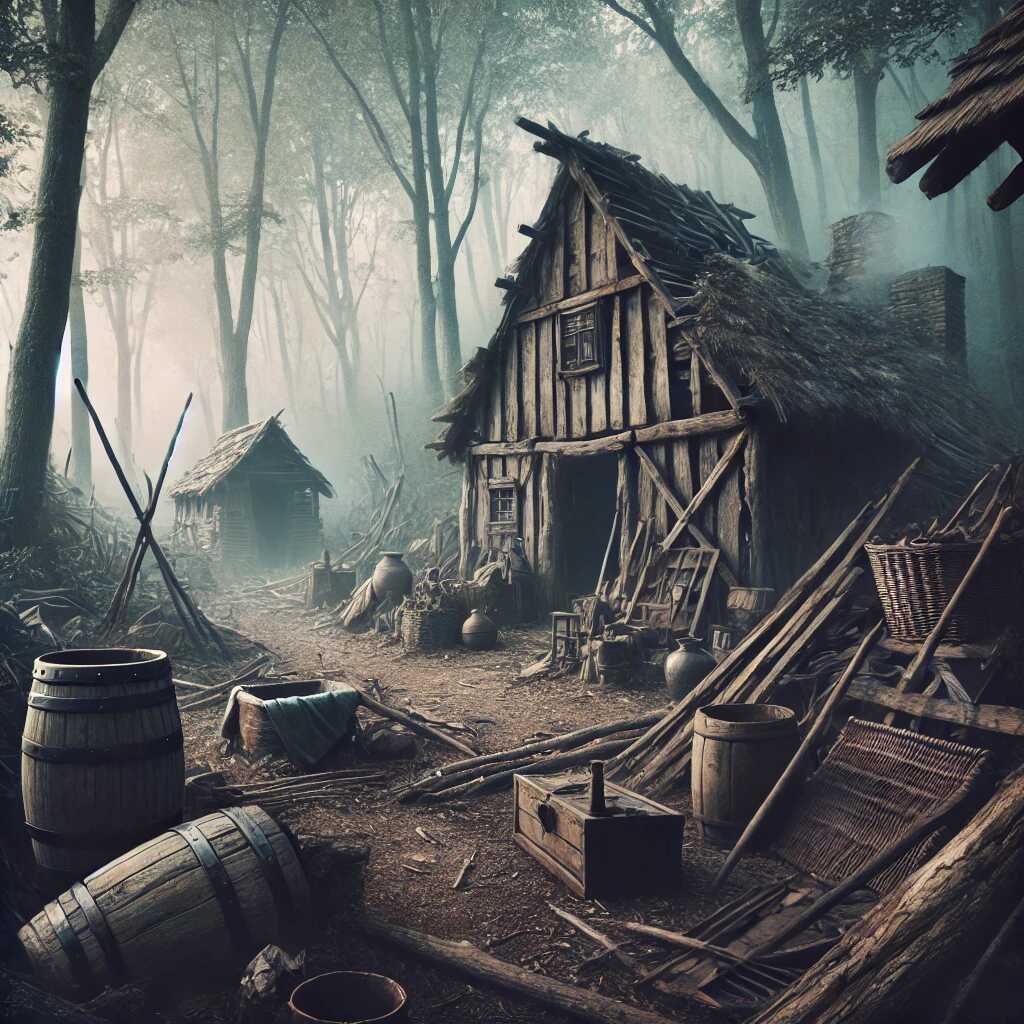The lost colony of Roanoke: A Mystery that defies time

In the late 16th century, one of history's greatest unsolved mysteries unfolded on the shores of Roanoke Island, off the coast of present-day North Carolina. The disappearance of the English settlers of the "Lost Colony" has baffled historians, archaeologists, and adventurers for centuries. With no clear evidence of what happened, the story of Roanoke remains a haunting enigma, rich with speculation and intrigue.
The dream of a New world
In 1587, a group of around 115 English settlers, led by John White, established a colony on Roanoke Island under the sponsorship of Sir Walter Raleigh. It was intended to be England's first permanent settlement in the New World, a foothold for expanding influence and wealth.
The settlers faced immediate challenges, including hostile relations with some Indigenous groups, limited resources, and isolation from England. To secure additional supplies, John White sailed back to England later that year, leaving behind his daughter, granddaughter Virginia Dare—the first English child born in the Americas—and the rest of the colony.
When John White finally returned to Roanoke in 1590, delayed by England's war with Spain, he found the colony abandoned. There were no signs of struggle or violence, only eerie silence. The word "CROATOAN" was carved into a fence post, and "CRO" was etched into a nearby tree. These cryptic clues have fueled centuries of speculation about the settlers' fate.
White believed the word "CROATOAN" referred to Croatoan Island (now Hatteras Island), home to a friendly Indigenous tribe. However, adverse weather and dwindling resources prevented him from searching further. The fate of the colonists was left unanswered.
Theories and speculation
Theories about the Lost Colony abound, ranging from logical to supernatural. Some suggest that the settlers assimilated with the Croatoan tribe, intermarrying and adopting their way of life. This is supported by accounts of Indigenous groups in later years describing people with European features or knowledge of English.
Other theories propose that the settlers attempted to relocate inland and succumbed to starvation, disease, or conflict with hostile tribes. Archaeological digs in nearby areas have uncovered artifacts hinting at European presence, but no definitive evidence ties these findings to the Roanoke settlers.
More fantastical explanations include abduction by aliens, destruction by supernatural forces, or secret Spanish attacks to sabotage English colonization efforts. These ideas, while unsupported by evidence, reflect the enduring allure of the mystery.
Archaeological clues and modern efforts
Recent archaeological studies have brought new insights. Sites on Hatteras Island and near the mainland have yielded 16th-century European artifacts, suggesting possible relocation efforts. Advanced technologies like ground-penetrating radar and DNA analysis are being used to uncover more about the settlers' fate.
Despite these efforts, the full story of Roanoke remains elusive. The lack of concrete answers keeps the legend alive, inspiring countless books, films, and TV series that explore its chilling possibilities.
The Lost Colony of Roanoke endures as a powerful symbol of human ambition, resilience, and mystery. It captures the imagination because it represents the unknown—the untold stories of those who dared to leave everything behind for a new world. The haunting emptiness of Roanoke reminds us of the fragility of human endeavors and the secrets history keeps hidden.